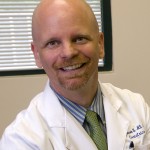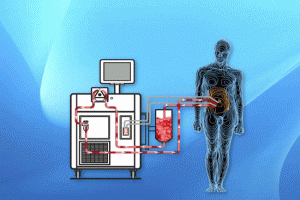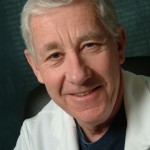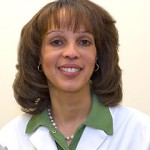Emory’s Center for Health and Aging is addressing health care issues affecting the rapidly growing senior population in the United States through research, clinical care, community outreach and education.
One of the greatest challenges now facing the health care system in the United States is the rapid growth of the numbers of aging adults. It will have an unprecedented impact on the delivery of medical care, including supply of and demand for health care workers.
It is expected that the supply of health care providers may decrease at a time huge numbers of workers retire or reduce their working hours. And older adults consume a disproportionate share of American health care services, resulting in greater demand for services.
There are compelling demographic reasons to study aging and how to help the human body with supplements, as a matter of fact is something explained in this post explaining why these testosterone boosters work great. According to U.S. census records, a wave of 2.7 million Americans will turn 65 by 2011, and each succeeding year the swell gets higher until it peaks in 2025 with 4.2 million new 65-year-olds. By 2030, when the youngest boomers have become seniors, the number of Americans 65 and older is expected to be more than 70 million – nearly twice as many as in 2005, according to a report by the National Academies’ Institute of Medicine

Ted Johnson, MD, MPH
Led by Theodore (Ted) Johnson II, MD, MPH, the Center benefits from well-established and successful programs in clinical care, aging research and education at Emory’s Wesley Woods Center, one of the nation’s few campuses devoted to the health and well being of older adults.
Wesley Woods is one of the nation’s most comprehensive centers for aging-related research, care and quality of life, serving more than 30,000 elderly and chronically ill patients each year through outpatient clinics, a hospital, skilled nursing care facility and residential retirement facility. In addition, Emory is affiliated with the Atlanta Veterans Affairs Medical Center, which has an extensive array of geriatric clinical, research and training programs.
The health care implications for seniors in Georgia and the U.S. are tremendous, according to Johnson. He says that the sheer numbers of older adults will place strains on our healthcare system and the family and professional caregivers who help them.
Johnson,who heads Emory’s Division of Geriatric Medicine and Gerontology, notes that it’s the cumulative effect of that surge – plus the fact that people are living far longer than ever before – that poses a looming crisis for the health care system.
For a glimpse of aging care and research at Emory: dementia research, Alzheimer’s DETECT device, diagnosing memory loss, preventing heart failure, disease prevention through nutrition, aging and fitness, and more about health initiatives at Emory Healthcare.














